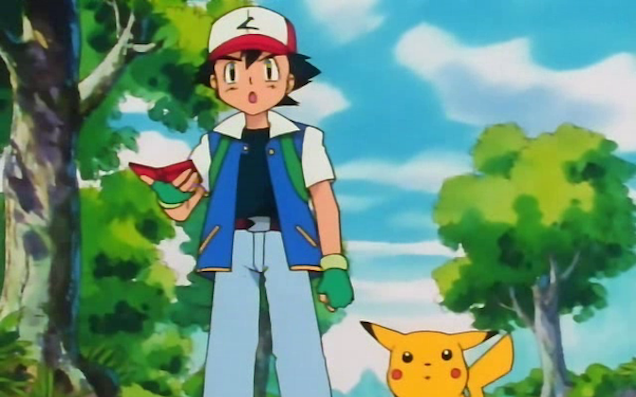
I urge you not to do this, but if you threatened me with a knife and asked me to write down the names of all 151 original Pokémon before you could count to 100, I feel like I could probably do it. Despite not having played a Pokémon game or watched the show or the movies in at least a decade, these things are seemingly permanently etched into my brain — and a bunch of egghead scientists reckon they can pinpoint where.
[jwplayer 6X0dBGhh]
In the paper Extensive childhood experience with Pokémon suggests eccentricity drives organization of visual cortex published in the journal Nature, researchers from Stanford University demonstrated that the part of the brain that recognises Pokémon is consistent across people who played the game in their childhood.
While this might seem like an obscenely frivolous thing to spend precious time and money researching, this was done for a number of pretty good reasons. We still don’t fully understand the underlying order of what goes where in the human high-level visual cortex — whether it’s done by how the object is viewed, how big the object is, how ‘alive’ the object seems to be, or how early the memories were formed — and using Pokémon as a subject gives researchers a standard set of these parameters across a number of participants.
Obviously, Pokémon are not real, so to determine their ‘real world’ size, the researchers used a combination of the height information provided in the Pokédex and the results of a separate study in which they found participants reliably described them as being “larger than faces … but smaller than corridors“.
Participants in the study were divided into two groups: novice and experienced. Novices didn’t play any of the Pokémon games as a child. Experienced participants played the Game Boy game between the ages of 5 and 8, and re-engaged with the games again as an adult (they were screened by making them do a quiz where they were asked to identify Pokémon by name).
The fact that experienced participants all saw Pokémon for the first time on a Game Boy means that they were all viewed in the same fashion, specifically “at a similar (arm’s length) viewing distance, repeatedly for hours a day, over a period of years“. They were also constrained to a 2.5cm by 2.5cm viewing area and rendered in pixels with a strong linear appearance.
A study with these conditions could theoretically have been set up artificially, but making a bunch of kids do the same thing for hours a day for years then waiting until they grow up to do the study is just, well, impractical.
Participants were shown images from eight different categories (faces, animals, cartoons, bodies, words, cars, corridors, and Pokémon) and monitored with functional magnetic resonance imaging to see which parts of their brain lit up or whatever (I am not a scientist).
The result? In contrast to those demonstrated by the novices, responses from experienced participants reliably occurred in the same area, specifically the occipitotemporal sulcus.
The results lend some credence to the ‘eccentricity bias’ theory of how image recognition works, which suggests that image recognition is organised by the size of the object and which part of the vision it was seen with. Also: Pokémon!







